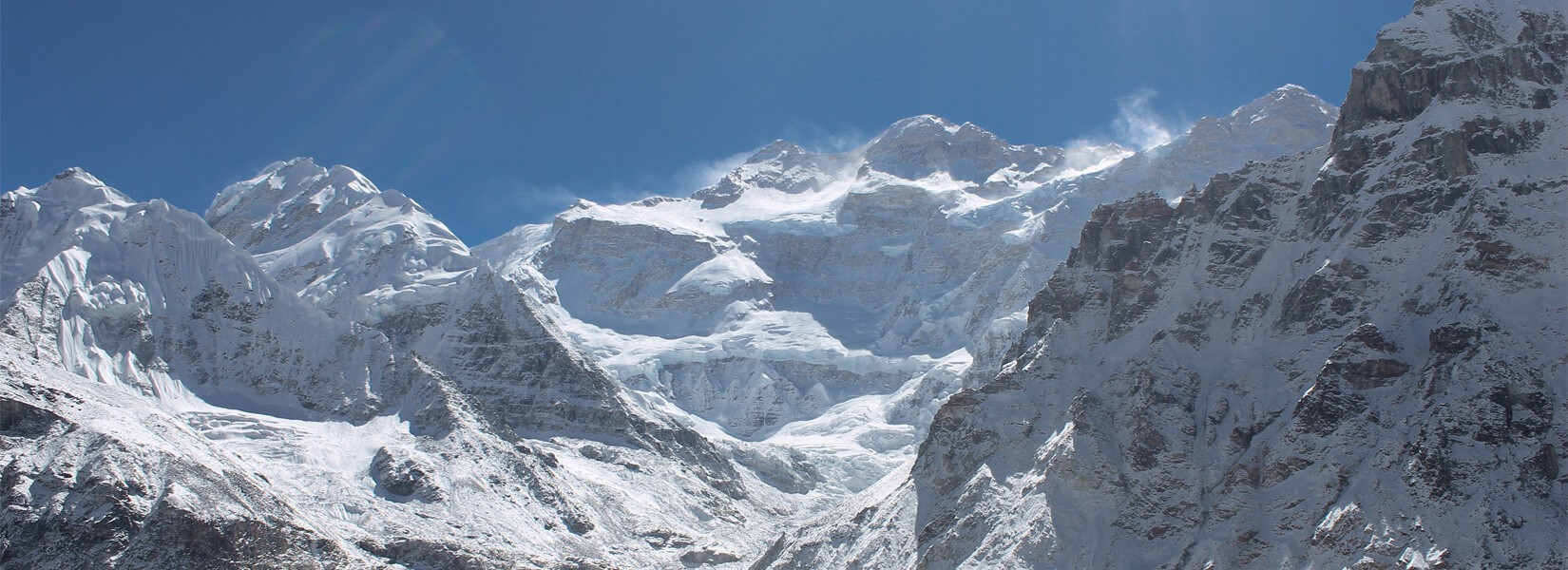About Great Himalaya Trail 28 Days (First step)
Himalayan Ecological Trekking invites you to embark on an extraordinary adventure—the 28-day-long Kanchenjunga Makalu trek, commencing from the eastern region of Nepal. This trail marks the initial phase of the renowned Great Himalayan Trail in Nepal. Trekking through this route is undoubtedly challenging, necessitating physical fitness and mental well-being. However, the rewards are immeasurable as you delve into the heart of the Nepalese Himalayas.
Beyond the arduous terrain, this trek offers a profound exploration of Nepal's rich heritage, geography, culture, and the vibrant daily lives of its people. The journey unveils a tapestry of historical significance, offering a window into Nepal's past. Amidst the backdrop of awe-inspiring mountains, the focal points of this adventure are the majestic Mt.
Kanchenjunga, which stands as the world's third-highest peak, and Mt. Makalu, the fifth-highest. Witnessing the grandeur of these two colossal mountains, both ranking among the world's top five, is a truly awe-inspiring experience.
Moreover, the Great Himalayan Trail trek is a gateway to forging new connections and creating cherished memories. Traverse the remote paths of Kanchenjunga and Makalu, encountering fellow trekkers and locals along the way. The route to Kanchenjunga Base Camp and Makalu Base Camp presents a much-anticipated adventure, immersing you in the untouched beauty of these trekking trails.
Prepare yourself for an exhilarating journey filled with ups and downs, both in the terrain and the emotions it evokes. As you trek amidst breathtaking vistas, the allure of the Himalayas will captivate your senses. Embrace the challenge, embrace the beauty, and embrace the opportunity to discover the wonders of Nepal's great mountains.
